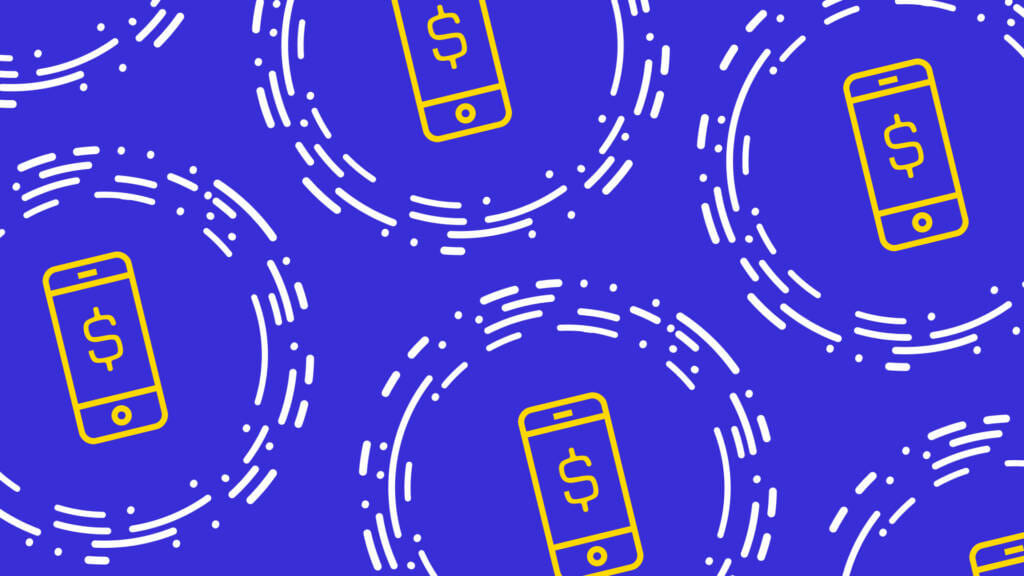Worldwide mobile payment revenue is expected to reach $930 billion this year and surpass 1 trillion US dollars in 2019. But even in the face of this growth, some major brands don’t want to overlook those who don’t have a bank account, offering workarounds through pre-paid cards and brick-and-mortar stores.
Last year, Amazon introduced Amazon Cash—a way to preload a user’s account with money to spend online. The ecommerce giant, which was recently named the world’s most valuable brand, allows its users to pay cash at 19 partnering retailers—like 7-11 and GameStop—and transfer it to their Amazon accounts as if it were a gift card. The credit never expires and can be used for anything on Amazon’s website or mobile app.
Walmart’s website offers a cash option at checkout as well. Customers simply choose to pay with cash, then do so at a brick and mortar location within 48 hours.
Starbucks is another brand that exchanges cash for credit—a smart move considering Mobile Order and Pay accounted for 10 percent of transactions in US company-operated stores during the company’s last fiscal quarter.
The Seattle-based coffee giant has mastered the art of funneling its customers into digital transactions—offering rewards through the mobile app and whenever someone uses their Starbucks card. In fact, “star rewards” are denied if even a portion of a transaction is paid with cash.
Cash-loving coffee drinkers may miss out if Starbucks’ cashless location pilot turns out to be a success. While it’s unlikely all Starbucks locations would convert to a no-cash policy overnight, unbanked and underbanked customers may someday find themselves out of luck, left to seek their cravings elsewhere.
The Young And The Bank-Less
According to a 2016 Pew Research study, some 15 percent of US consumers—approximately 37 million adults—do not have a bank account. The biggest reason for this is lack of income, with 40 percent of unbanked respondents earning less than $15,000 per year.
Nielsen reported that 97 percent of Gen Z consumers have smartphones, but with the oldest members being only around 19 years old, that’s not much time to build a credit history or significant income.
Pew Research also estimates that there were 11.3 million undocumented immigrants living in the US as of 2016. This is another demographic that may not have access to bank accounts or lines of credit, making mobile payment adoption difficult.
While across the world, brands—and entire countries—are making the move to a digital economy, the change is not without problems. Privacy, identity theft and lack of access for the poor remain hot-button topics as mobile payments become a new norm.

